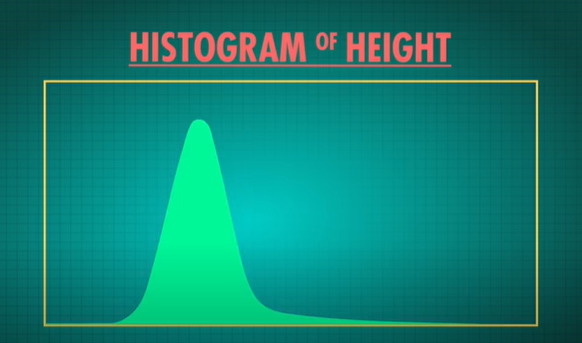Correlation Doesn’t Equal Causation: Statistics #8

Correlation is a measure of how two variables move together, and we’ll also introduce some useful statistical terms you’ve probably heard of like regression coefficient, correlation coefficient (r), and r^2. But first, we’ll need to introduce a useful way to represent bivariate continuous data in the scatter plot. The scatter plot has been called “the most useful invention in the history of statistical graphics ” but that doesn’t necessarily mean it can tell us everything. Just because two data sets move together doesn’t necessarily mean one CAUSES the other. This gives us one of the most important tenets of statistics: correlation does not imply causation. Here we discuss relationships. No, not why you and your bestie are platonic soulmates, or why your cat just doesn’t seem to like you, we’re talking about data relationships like how you can use one variable to predict another. Like if you can predict whether people who write in all capital letters are ...

